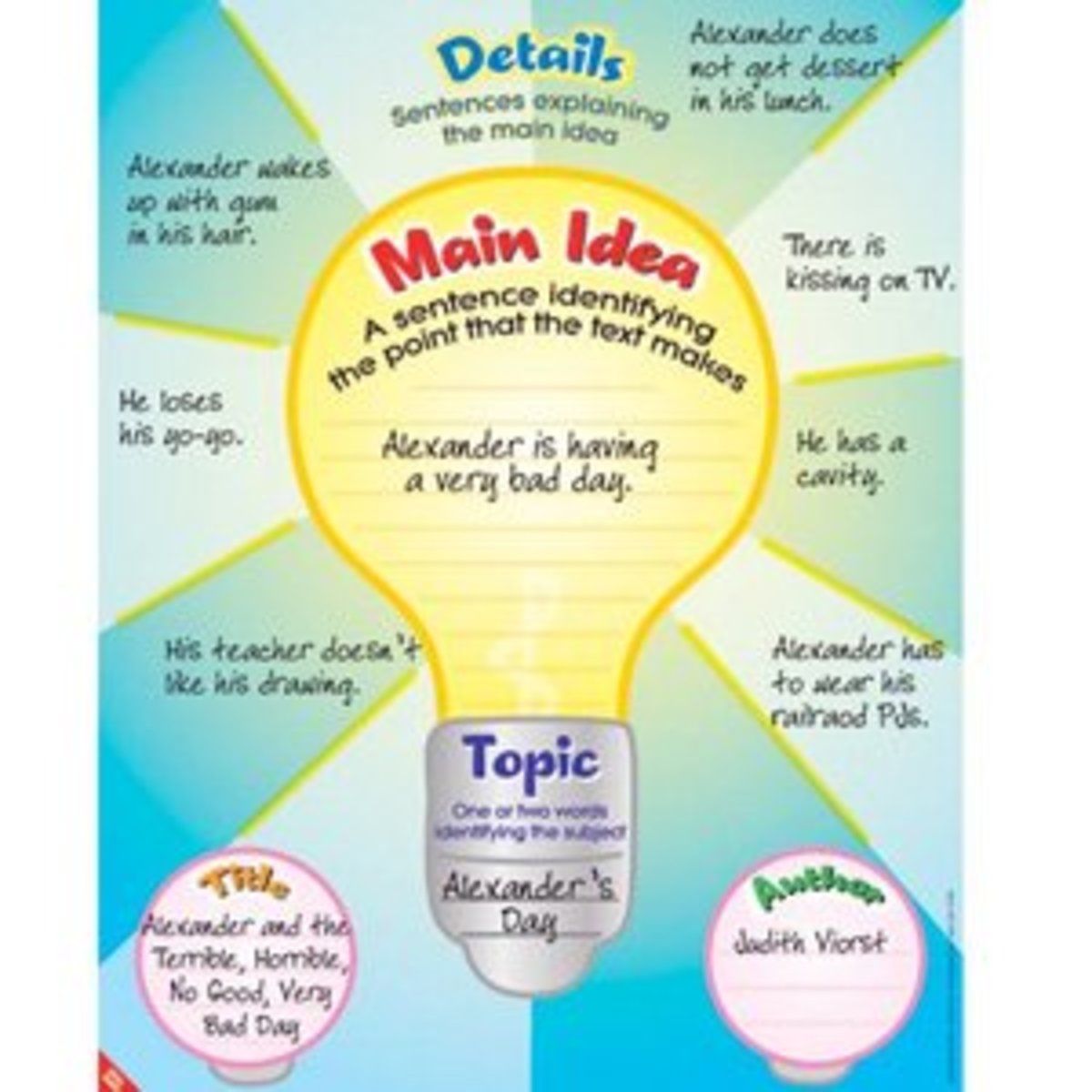Encouraging Better Spelling
Better spelling begets more than just better spelling grades.

How to Help Your Child Be A Better Speller
Spelling is an important skill; it allows someone to accurately convey information to others, and enables another person— the reader— to understand what was written.
Sure, some people misspell words that sound the same (those instances of same-sounding words are called homophones) but there's a difference between simply misspelling a word and writing a completely different word. For example, there's a big difference between the meaning of the words "meet" and "meat" or "see" and "sea", and knowing the difference between the words makes a person appear more educated and a more reliable resource.
Although abbreviations and acronyms are fine to use in emails, text messages and other casual spelling scenarios, using proper spelling shows that you took the time to choose your words wisely and proof your work.
Now that we've discussed the importance of good spelling, just how can you encourage your child (or student) to become a better speller? Assigning your student to write spelling lists repeatedly will work, but here's a list of new ways to get the same meaning (and ultimately the same goal of goo-spelling) across to the child.
Consider using these helpful tips to integrate a love of spelling into your child's everyday life:
1. Make Spelling Important
Create a list of games or television shows where spelling is important. For example, you need to know how to spell when playing games such as Scrabble, Wheel of Fortune and Boggle, and in national competitions such as spelling and geography bees.
2. Publish, Publish, Publish
Instill a pride in your child's written works by making your students perspective known to other people. Consider creating a class website or blog that features their written work. Don't post only traditional stories and project, include graphic items as well, such as comic-like stories which also include text. This shows your child that the text is often as important for as the picture, and helps them understand that a well captioned photo or picture is an art form.
Consider assigning a theme-related assignment, such as words from a spelling list, botanical words, or names of things found under the sea. Not only will children be exposed to new words, but they'll learn how to use the word in context, whether it be for a picture of in a paragraph.
3. Set the Bar High
Encourage students to check their work not only for spelling error, but also run-on sentences, fragments and rambling sentences as well. Call them on their errors, but don't humiliate them. Explain that you expect assignments to be completed correctly, spelling and punctuation included.
4. Use a Variety of Words
Implement a "word of the day" segment of the class to broaden your students' vocabulary. Teach students how to use a thesaurus and dictionary to find an appropriate synonym for the designated word of the day.
5. Show How Words Are Related
Use clue words (see my article on reading "How to Teach Your Child to Read Easily" for more info) to help students spell other words. For example, if your student knows how to spell the word "telephone" but struggles writing the word "elephant" remind them that the "F" sound is the same as in the word "telephone."
The family that reads together learns together.

6. Read Out Loud
Did you know that studies show that students who listen to other readers cultivate a better interest in reading and writing? Reading aloud to your students, and having them read aloud to you will help them with comprehension and aid in their appreciation for the printed (or written) word.
For more information on students and reading, check out some of my other articles:
- How to Give Out Reading Grades
- Why Reading to Children is Important
- How to Teach Your Child to Read Easily
- How to Help Students Understand What They Read
- What are the Strengths and Weaknesses of Saxon Phonics?









